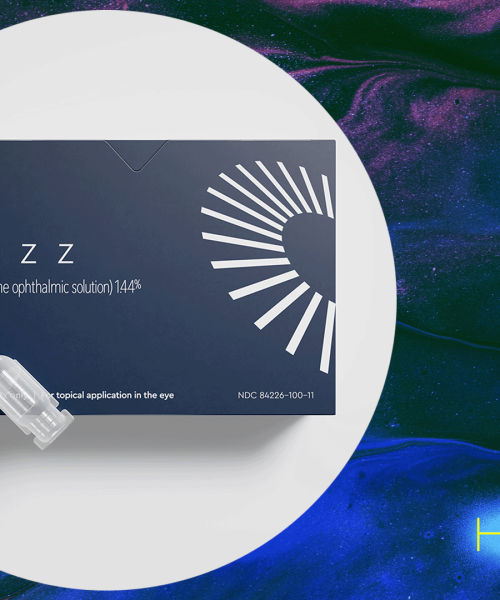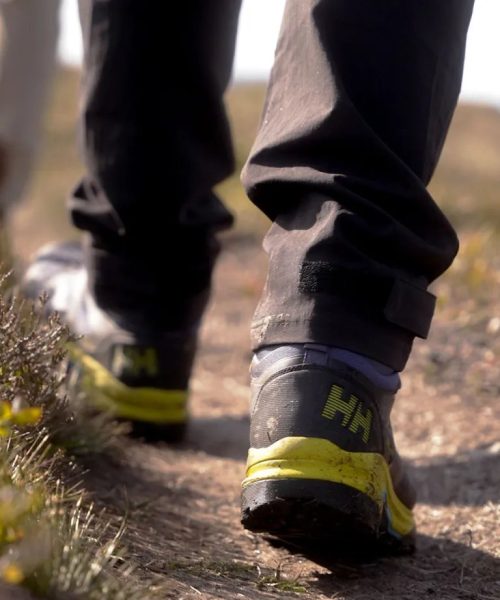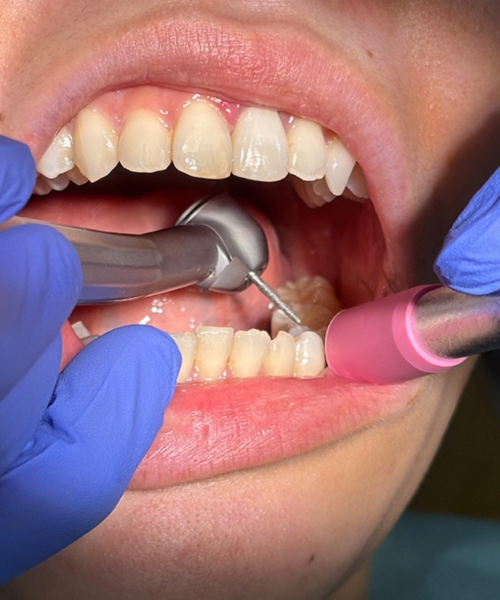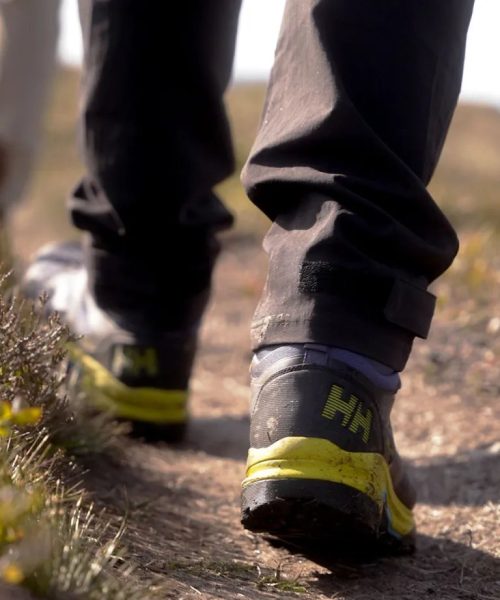As of 2:19 p.m. EST today, it is officially autumn in the Northern Hemisphere. Pumpkin patches and apple orchards will replace trips to the beach, bathing suits will be tucked away, and the sun will start to set earlier. But one part of your summer routine should stay part of your daily life: sunscreen. Protecting your skin from the sun’s ultraviolet (UV) light is important all year round. To monitor your risk level, you can use the UV Index.
“Sometimes people think you can only have a high UV index when it’s very hot, but actually UV index and temperature are distinct concepts. It is possible to have a high UV index even if the temperature is chilly,” Dr. Sameer G. Gupta, a dermatological surgeon at Massachusetts Eye and Ear Hospital in Boston, tells Popular Science.
What is the UV Index?
The UV Index gives a daily forecast of the expected risk of overexposure to the sun’s rays. It predicts this risk on a scale of 1 to 11+. The number 1 means a minimal risk of overexposure, while 11+ indicates a very high risk.
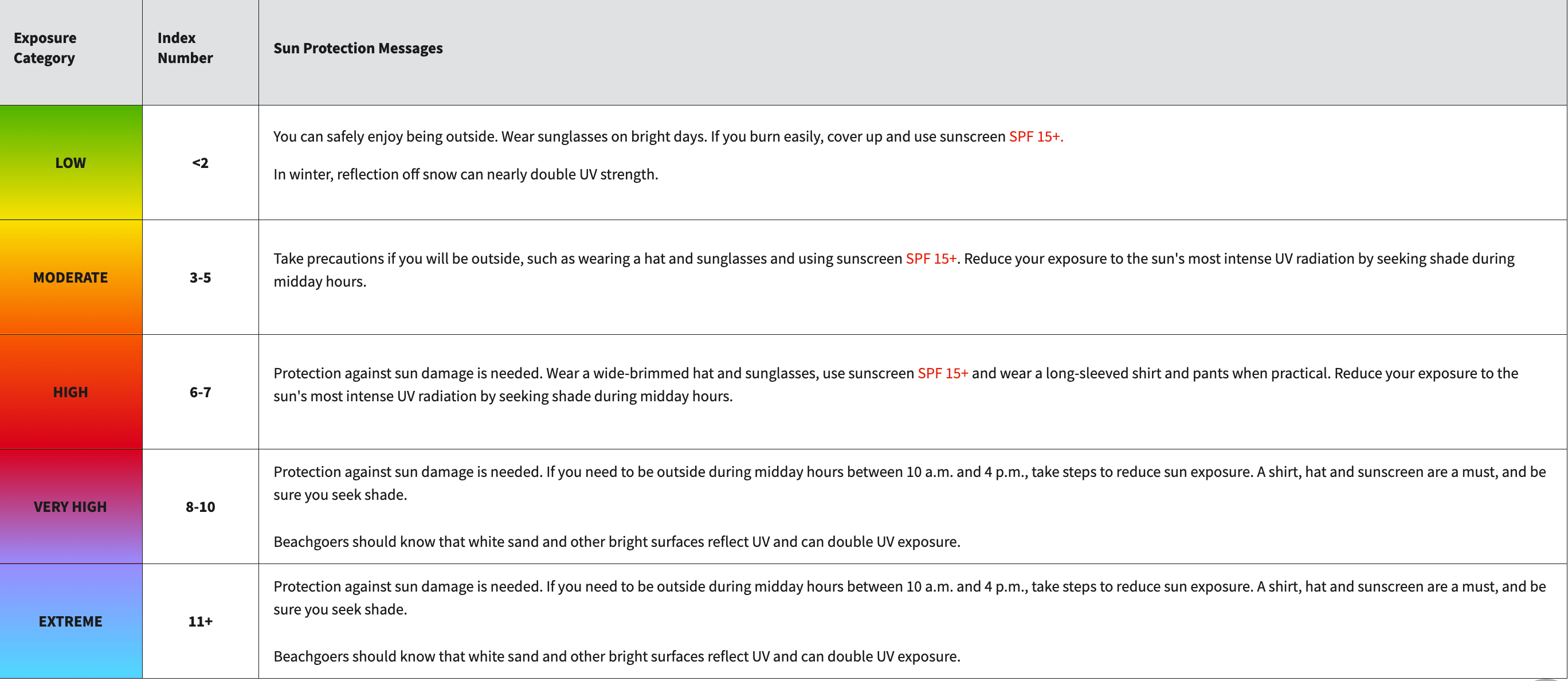
“Basically, the higher values mean that it takes less time for harm [from the sun] to occur,” says Gupta. The higher the UV score, “the more quickly one can experience sun damage or skin damage.”
It is important to be particularly careful when the UV Index is considered High (6 to 7), Very High (8 to 10), or Extreme (11+). Sunburn can occur in only minutes if the skin is not protected by sunscreen, shelter, or UPF clothing at this level.
The UV Index does take several other factors into consideration. Geographical location, time of day, elevation, cloud coverage and more can help estimate the level of UV radiation that is likely to reach the ground.
[ Related: Do I really need to wear sunscreen every day? We asked dermatologists. ]
What does the UV Index measure?
The UV Index measures the ultraviolet radiation coming from the sun. There are three primary types of UV radiation: ultraviolet A (UVA), ultraviolet B (UVB), and ultraviolet C (UVC). The difference between these rays is all based on their wavelengths.
Almost all the UV radiation that reaches Earth is considered UVA, but some UVB does reach us. Both UVA and UVB rays can affect our health in different ways, which is why wearing a broad spectrum sunscreen that protects against both is crucial.
According to the CDC, UVA penetrates deeper into the skin and is more constant throughout the year.
“Ultraviolet B is the wavelength that causes sunburns,” says Gupta. “There are other wavelengths that can cause damage to the skin, but that’s the one that causes sunburns most frequently.”
UVC radiation is actually the highest energy portion of the UV radiation spectrum, but it does not reach Earth’s surface. The atmosphere’s ozone layer blocks UVC out, so the only way that we can be exposed to it is through a fake source like a laser or lamp. However, if exposed, UVC can cause burns and eye injuries.
You can monitor the UV Index where you are using the Environmental Protection Agency’s (EPA) website or their app. Many weather apps also include the UV Index in their report.
Another easy way to tell how much UV exposure you are getting is by following the shadow rule. If your shadow is taller than you, your UV exposure is likely lower. This typically happens in the early morning or later in the afternoon. A shorter shadow indicates that you are being exposed to higher levels of UV radiation. This generally occurs around midday.
[ Related: Mineral vs. chemical sunscreen: What’s best for protecting your skin? ]
How does UV light fluctuate throughout the year?
During the summer, the sun is at its highest point in the sky during the midday hours. That’s why wearing sunscreen and UPF clothing and/or avoiding being in the sun from 10 a.m. to 2 p.m. is advised.
During the summer, “the UV rays kind of have this short path to travel through the atmosphere to get to us,” says Gupta.
In the fall, the sun will sit lower in the sky. Its radiation has to travel further through the atmosphere to reach us, so there are more chances for it to scatter. While the UV exposure tends to go down, the same factors that help calculate the amount of risk from the sun are in play.
“It’s all dependent on where you are and the elevation of your location, the thickness of the ozone layer in that specific area, the cloud coverage,” says Gupta. “These are some of the modifying features that can impact the UV independent of season.”
For example, when skiing, the combination of the elevation and the rays reflecting off of the white snow and onto your face can cause sunburns on exposed skin. Fresh snow can reflect almost all of the sun’s radiation, making it dangerous if the skin is not protected.
[ Related: Sunscreen may have kept ancient humans alive during a polar reversal. ]
How to be sun safe all year
According to Gupta, trying to limit sun exposure between 10 a.m. and 4 p.m. can help prevent serious skin damage. Wearing wide brim hats, sunglasses, and a sunscreen that you will re-apply will also help mitigate the sun’s damage while out on that foliage hike.
“Use a broad spectrum sunscreen of SPF 30 or higher every day of the year,” stresses Gupta.
Regardless of the season, it’s also helpful to use the UV Index as its intended, to help you plan your day around the worst of the sun’s rays
“We’re all used to looking at the weather and planning our days around the temperature and things like whether or not it is going to rain. The UV index is another tool to help us plan around the UV exposures of the day,” says Gupta. “So, if the UV index is going to be high on a given day, try to make a concerted effort to defer activities in the sun regardless of temperature, especially during those peak hours.”
This story is the third in a series of stories on sunscreen and part of Popular Science’s Ask Us Anything series, where we answer your most outlandish, mind-burning questions, from the ordinary to the off-the-wall. Have something you’ve always wanted to know? Ask us.


